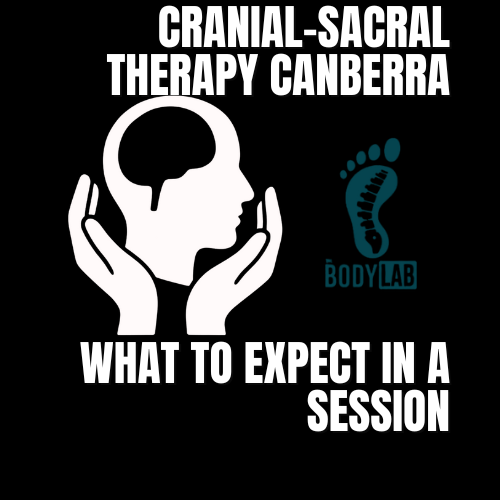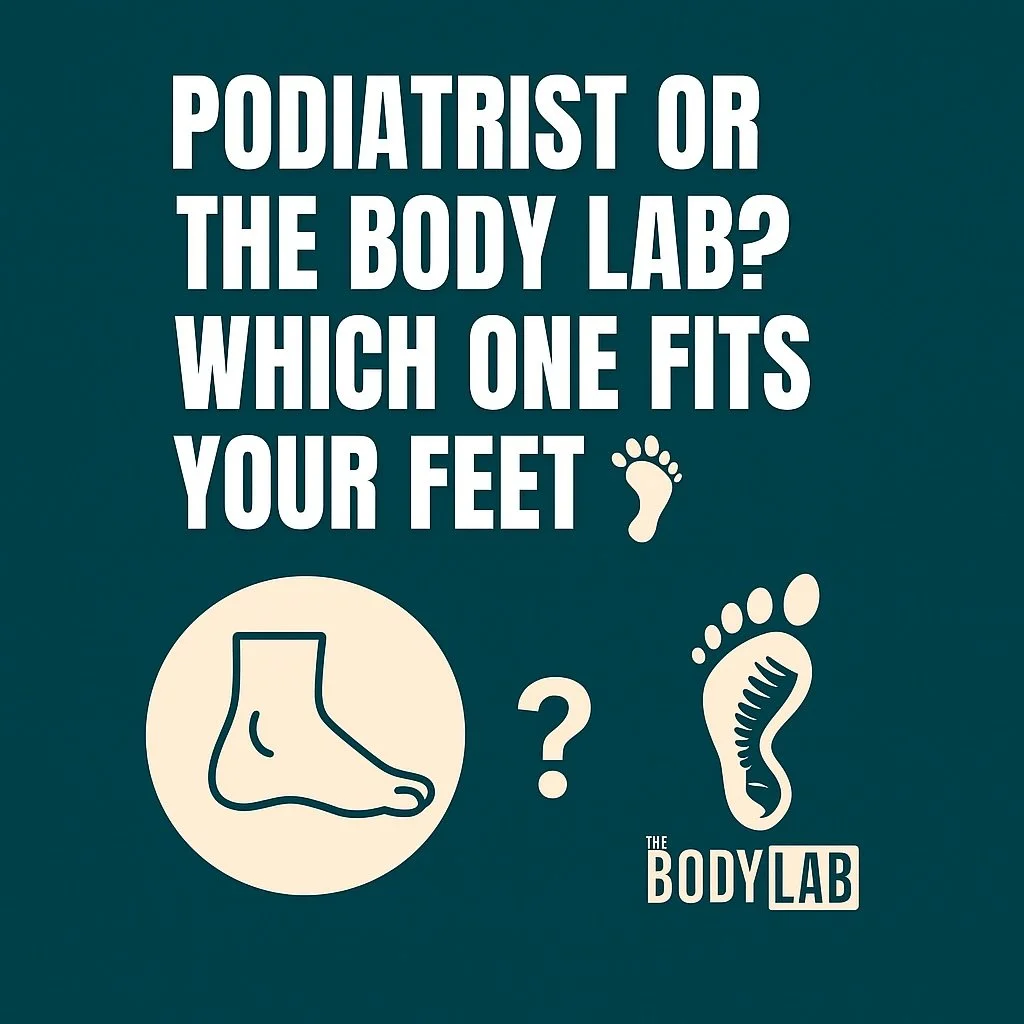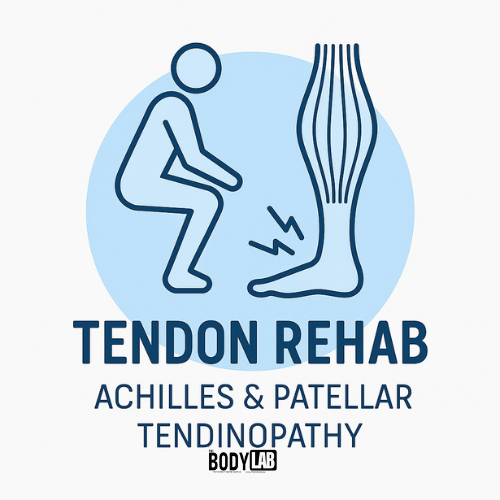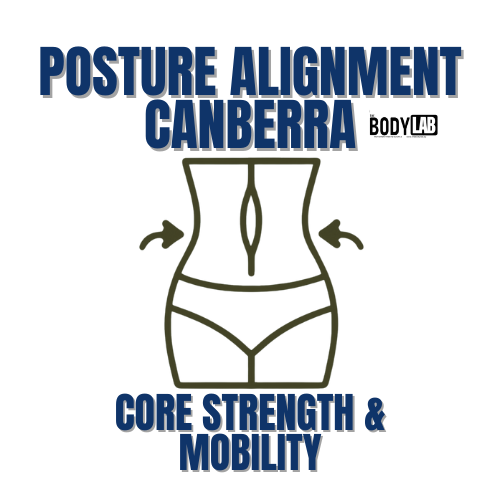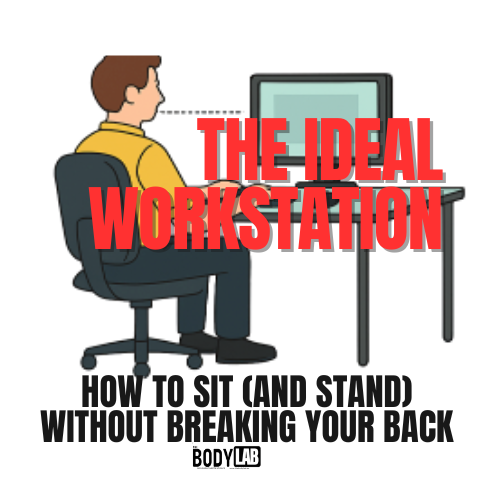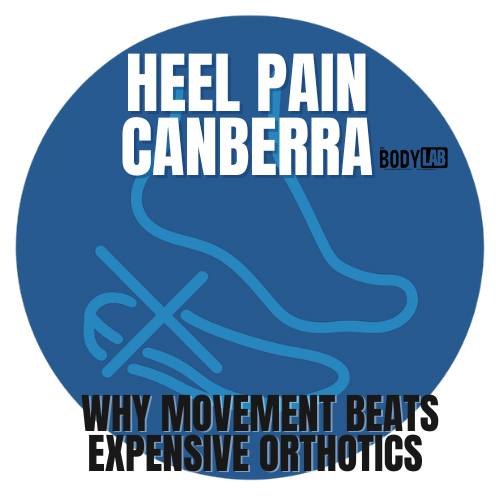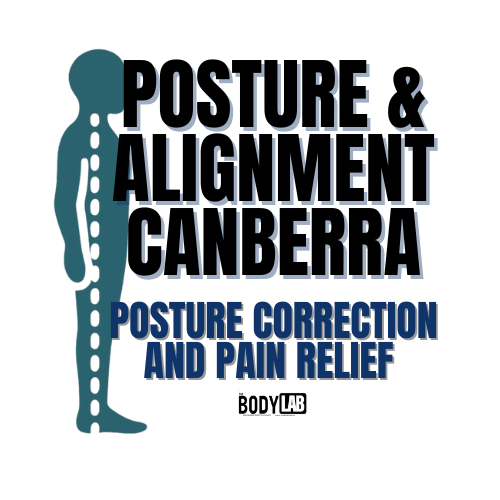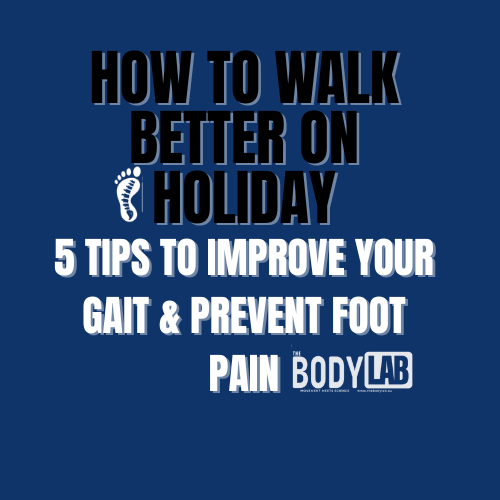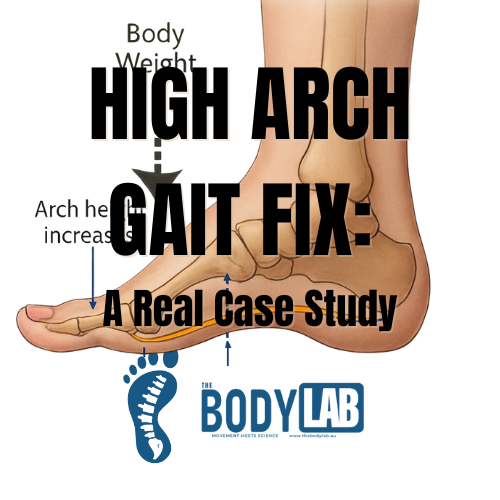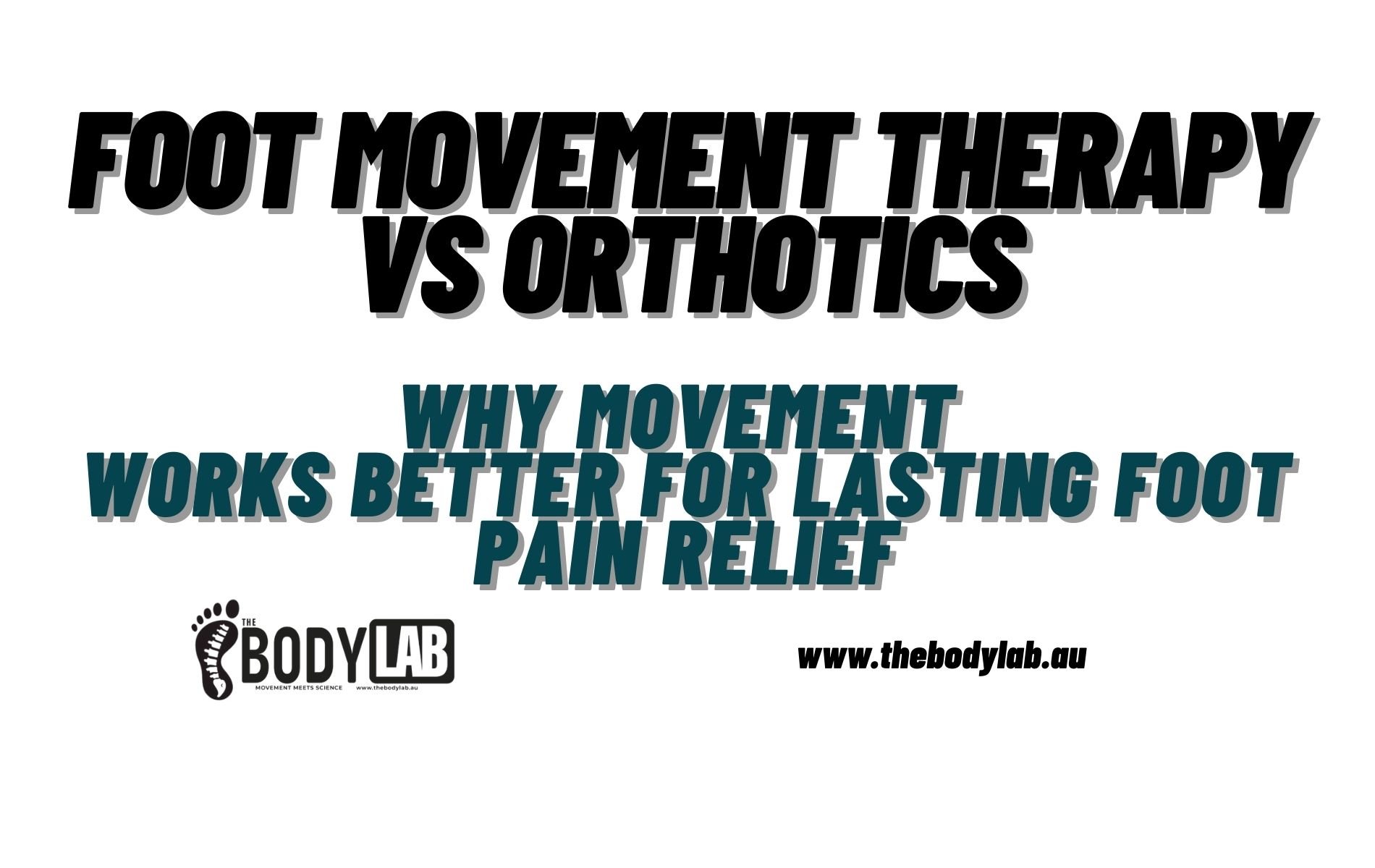Foot & Heel Pain Canberra: Why Movement (Not Expensive Gadgets) Is the Smart Fix
Heel Pain Canberra
If your first few steps in the morning feel like walking on Lego, or your arches ache after a day on your feet, this one’s for you.
Here in Canberra, foot and heel pain are among the top reasons people hobble into The Body Lab. From plantar fasciopathy to overloaded arches and stiff big toes, these issues share one big truth: you don’t necessarily need pricey orthotics to fix them.
A movement-based plan can calm irritation, restore load tolerance, and teach your feet to work the way they’re designed to—getting you back to walking (and running) like a human again, not a flamingo on stilts.
I teach this approach to therapists across Australia, and we use it clinically every week. Here’s the how and why, with the science to match.
Quick Answers (so you can stop scrolling in pain)
Do I always need orthotics? No. They may help short-term, but progressive loading, stretching, and education are the real backbone of long-term results (Whittaker et al., 2018).
Is movement safe for sore feet? Yes. Smart loading improves pain and function in plantar heel pain, hallux issues, and forefoot overload (Rathleff et al., 2014; Hashimoto et al., 2020).
What’s the plan? Calm it → Load it → Teach it → Future-proof it. (Details below.)
Why Are My Feet Complaining?
Classic plantar heel pain = that stabbing “first-step” pain under the heel.
Other culprits:
Big toe stiffness → overloads your arch and heel.
Weak foot intrinsics → collapsed tripod and cranky fascia.
Poor ankle mobility → more pressure on your forefoot and heel.
Risk factors include higher BMI, long hours standing, and limited dorsiflexion—all modifiable (Riel et al., 2021). The 2023 international clinical guideline is clear: start with education, stretching, taping, and progressive strengthening, with gait tweaks and manual therapy as needed (Koc et al., 2023).
Why a Movement-Based Plan Works
Load it, don’t baby it.
High-load strength training (e.g., heel raises with toes elevated) beats stretching alone at 3 months and still helps at 12 months (Rathleff et al., 2014).
Stretch what’s stiff.
Plantar fascia–specific stretching > calf stretching for short-term relief (DiGiovanni et al., 2003; 2006).
Teach your foot to be a foot.
Intrinsic + toe flexor strengthening improves balance and reduces overload (Hashimoto et al., 2020).
Retrain your gait.
Small cadence/impact tweaks redistribute load and reduce pain—effective for both heel and forefoot conditions (Doyle & Bonacci, 2022).
Use tape as your short-term sidekick.
Low-Dye taping reduces “first-step” pain while you build load tolerance (Radford et al., 2006).
“But What About Orthotics?”
Orthoses may reduce pain in the short term, especially in high-demand jobs (all-day standing on concrete). But evidence shows modest benefits and little difference between prefabricated and custom devices (Landorf et al., 2006; Whittaker et al., 2018).
Think of them as training wheels. Helpful for a while, but the long-term fix is teaching your foot to move better.
The Body Lab Canberra Plan: Movement First, Gadgets Later
Phase 1 — Calm it (1–2 weeks)
Education + activity tweaks (keep moving, trim irritants).
Plantar fascia stretch (3–5×/day, 30–60s).
Low-Dye taping for first-step pain.
Phase 2 — Load it (2-6 weeks)
High-load heel raises with toes elevated.
Toe flexor drills and intrinsic strength (short-foot holds, towel curls).
Big-toe mobility to restore the windlass effect.
Phase 3 — Teach it (weeks 3–9week)
Ankle mobility drills.
Gait retraining for runners/walkers.
Foot tripod training for balance and stability.
Phase 4 — Return & future-proof
Gradual return to hills/sport.
Maintain 1–2 “foot gym” sessions weekly for relapse prevention.
FAQS
Is it plantar fasciitis or fasciopathy?
Usually “fasciopathy”—degenerative/overload rather than inflammation (Tu & Bytomski, 2019). Either way, loading smartly works.
How long does recovery take?
Most improve within 6–12 weeks; many are pain-free by 3 months.
Do kids get foot/heel pain?
Yes—often Sever’s disease (different plan, we assess separately).
What about shockwave or injections?
Adjuncts for stubborn cases, not first-line (Babatunde et al., 2019).
Why Choose The Body Lab
Movement-led, evidence-based. We follow guidelines, not gimmicks.
We teach the teachers. I deliver this approach to therapists nationwide.
Whole-body lens. We look beyond the heel to ankle, hip, gait, and posture.
Practical programs. Simple drills, clear progressions, minimal equipment.
If you’re searching “Foot Pain Canberra” or “Heel Pain Canberra” and want to get back to pain-free walking without being strapped to devices, book with us at The Body Lab.
References Koc TA Jr, et al. Heel Pain–Plantar Fasciitis: Revision 2023 (CPG). J Orthop Sports Phys Ther. 2023;53(12):CPG1–39.DiGiovanni BF, et al. Tissue-specific plantar fascia stretching improves outcomes. J Bone Joint Surg Am. 2003;85(7):1270–7.DiGiovanni BF, et al. Plantar fascia–specific stretching improves outcomes: 2-year follow-up. J Bone Joint Surg Am. 2006;88(8):1775–81.Rathleff MS, et al. High-load strength training improves plantar fasciitis outcomes: RCT with 12-mo follow-up. Scand J Med Sci Sports. 2014;25(3):e292–e300.Landorf KB, et al. Effectiveness of foot orthoses for plantar fasciitis: RCT. JAMA Intern Med. 2006;166(12):1305–10.Whittaker GA, et al. Foot orthoses for plantar heel pain: systematic review & meta-analysis. Br J Sports Med. 2018;52(5):322–8.Babatunde OO, et al. Comparative effectiveness of plantar heel pain treatments: network meta-analysis. Br J Sports Med. 2019;53(3):182–94.Tu P, Bytomski JR. Plantar fasciitis. Am Fam Physician. 2019;99(12):744–50.Riel H, et al. Chronic plantar heel pain & central adiposity. J Orthop Sports Phys Ther. 2021;51(5):CPG1–12.Hashimoto T, et al. Toe-flexor strengthening and balance: systematic review. Gait Posture. 2020;81:200–11.Radford JA, et al. Low-Dye taping for short-term plantar heel pain: RCT. BMC Musculoskelet Disord. 2006;7:64.Doyle E, Bonacci J. Effectiveness of gait retraining in runners: systematic review & meta-analysis. J Orthop Sports Phys Ther. 2022;52(4):192–206.


